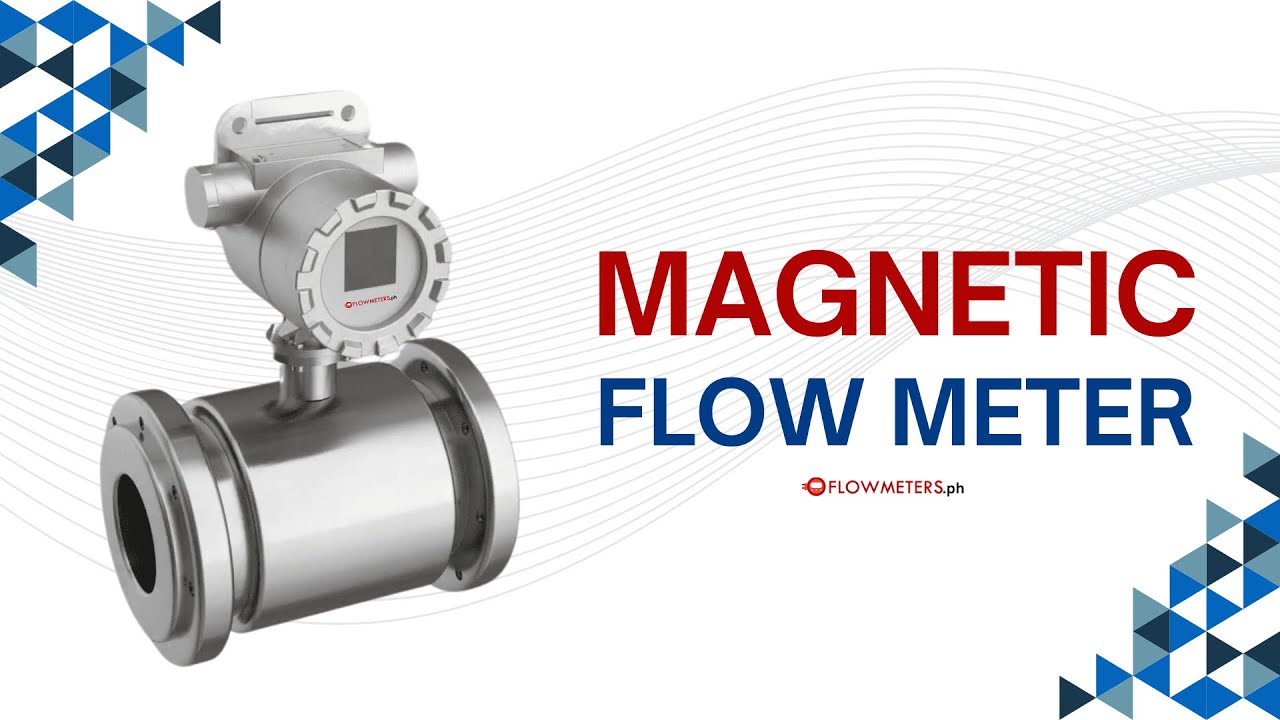
Understanding the intricacies of electromagnetic flow meters is essential for modern engineers, particularly those focusing on fluid dynamics and measurement technologies. In this comprehensive blog post, we delve into the theory behind these devices, explore their advantages and disadvantages, and feature a detailed technical video from a leading supplier in the Philippines.
#aisclassb #pvcvalve #sanitaryvalve #rubberhose #fieldwork #remotemonitoring #technicianlife #cleanenvironment #toolsofthetrade #protools #environmentalmonitoring #toolporn #instrumentationlife #sparkylife #technology #outdoorlifestylejob #goslowtogofast #itsmykit #labwork #flow #valvesindustry #industry #textile #engineering #steamline #chemical #flowmeters #watermeter #oilandgas
In the world of engineering and measurement devices, understanding Faraday’s Law of Magnetic Inductance is crucial. This fundamental principle plays a significant role in various applications, including the operation of electromagnetic flow meters, commonly known as magnetic flowmeters. For students and professionals alike, grasping this concept can greatly enhance their comprehension of modern measurement technologies. In this blog post, we will delve into the theory behind electromagnetic flow meters, discuss their working principles, and explore their advantages and disadvantages. Additionally, a detailed technical video created by a supplier in the Philippines provides a 3D explanation of these devices, making the learning experience more engaging.
Faraday’s Law of Magnetic Inductance states that a change in the magnetic field within a closed loop induces an electromotive force (EMF) in the conductor. This principle is the foundation for the operation of electromagnetic flow meters. These devices measure the flow rate of a fluid by detecting the voltage generated when the fluid passes through a magnetic field. The voltage is directly proportional to the flow velocity, allowing for precise and reliable measurements. The video embedded in this post provides an excellent visual representation of this process, making it easier to understand how magnetic flow meters utilize Faraday’s Law.
Electromagnetic flow meters are widely used in various industries due to their accuracy and reliability. One of the significant advantages of these devices is their ability to measure the flow of conductive fluids without any moving parts, which reduces maintenance and increases longevity. They are also highly accurate, providing precise measurements even in challenging conditions. The video from the supplier in the Philippines offers a comprehensive overview of these advantages, showcasing real-world applications where electromagnetic flow meters excel.
However, like any technology, electromagnetic flow meters have their disadvantages. One of the primary drawbacks is their inability to measure non-conductive fluids, limiting their use to specific types of liquids. Additionally, these devices can be sensitive to the presence of air bubbles and other impurities in the fluid, which can affect accuracy. The video also touches on these limitations, providing a balanced view of the technology and helping engineers make informed decisions when selecting flow measurement devices.
For those interested in the technical aspects of electromagnetic flow meters, the video included in this post is an invaluable resource. Created by a leading supplier in the Philippines, it offers a detailed 3D explanation of the theory and operation of these devices. Whether you are a student trying to understand the basics or a professional looking to deepen your knowledge, this video will provide clear and concise information, enhancing your understanding of Faraday’s Law of Magnetic Inductance and its application in flow measurement.
This comprehensive overview and the accompanying video should help demystify the workings of electromagnetic flow meters, highlighting their importance in modern engineering and measurement. By understanding both the advantages and limitations of these devices, engineers can better select and implement them in various industrial applications. For more detailed insights, be sure to watch the technical video from the Philippine supplier, which is embedded below.
Watch more videos
https://www.youtube.com/@FlowmetersPhilippines